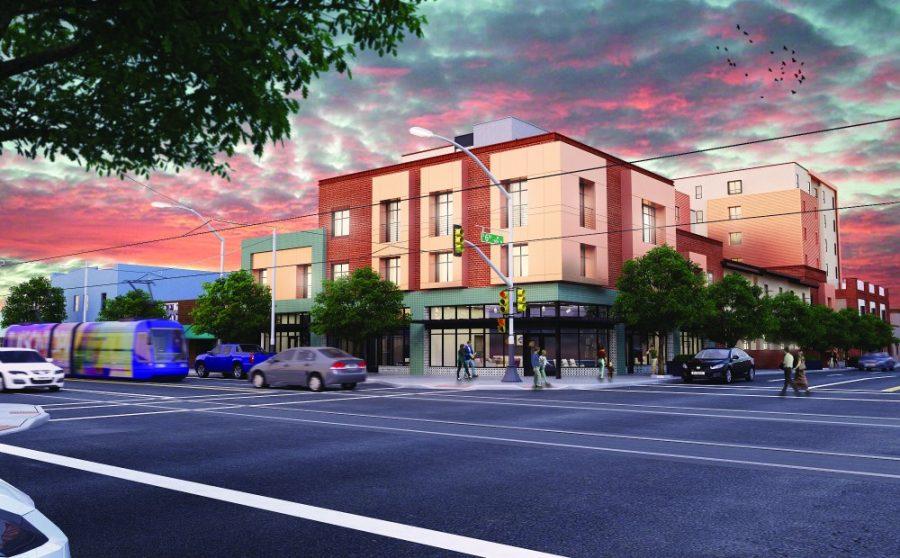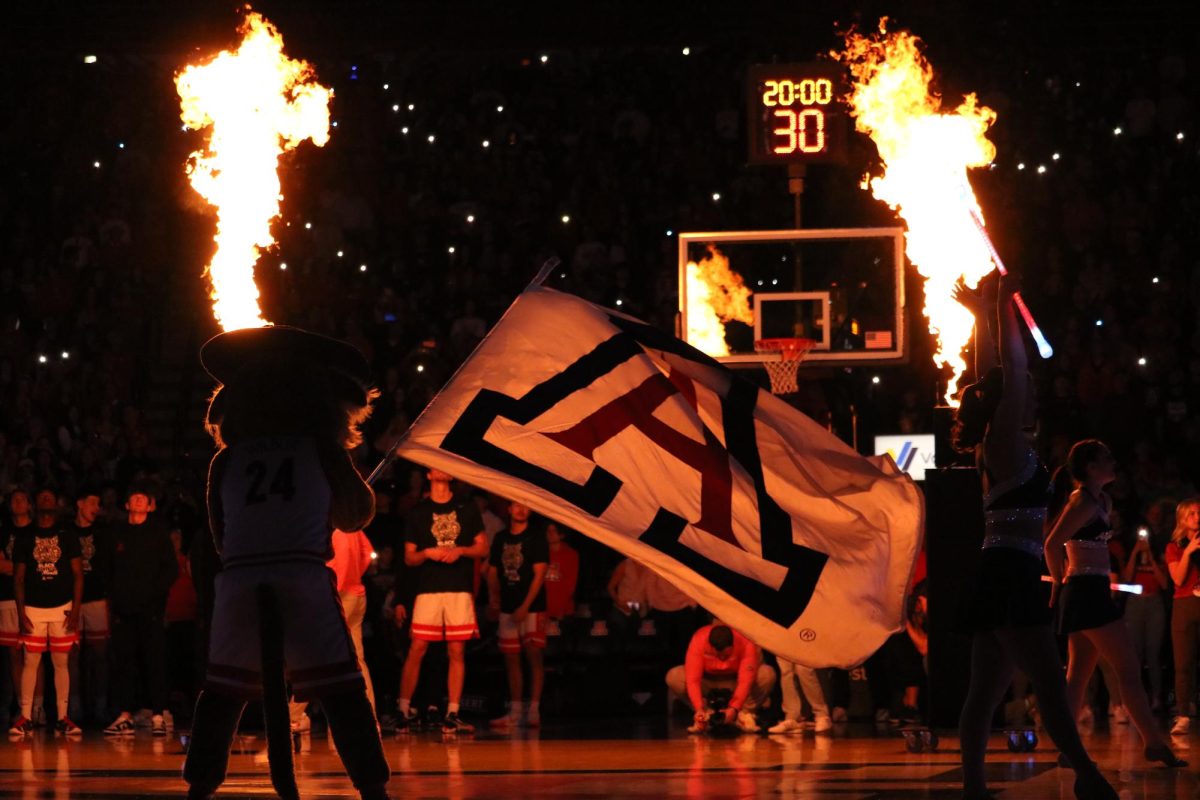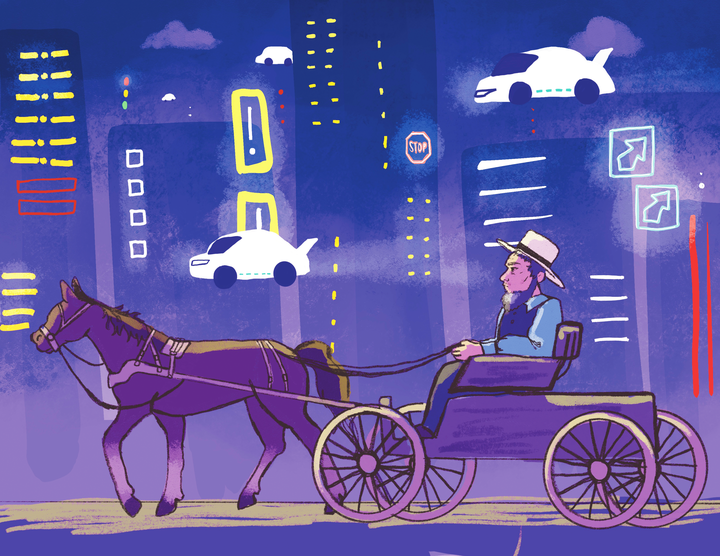On the corner of Sixth Street and Fourth Avenue, the ruins of the Flycatcher stand surrounded by fencing. Now a construction site, the space is the future home of a multi-unit residential complex. Initially marred in controversy, the proposed building was met with neighborhood resistance and speculation about its zoning designation and purpose. The Union on 6th development appears to be on a set track to becoming another high-rise housing complex.
Despite comments by developers Greystar Real Estate Partners, who worked on the District on 5th building, fears are still present that the Fourth Avenue development will end up as another student housing development for Tucson. With only a designation for local businesses to have priority for the ground-level retail space put in place, the development has taken little into account for the surrounding community and only business interests have won, albeit minor. Like many other new high-rises in town, it is targeted towards a ‘young adult’ crowd. It is in all facets another case of gentrification, now present on the Historic Fourth Avenue.
RELATED: OPINION: What are our roles as academics?
After the demolition of the Flycatcher ended, in an effort to fill in the void and brighten the community, an event was set up. PaintStick, a celebration of Woodstock’s 50th anniversary, was created to invite artists to collaborate on various murals for the space. Some of these murals were hung up on chain link fences, essentially barring view into the construction site. In-between the hand painted panels hangs an advertisement for the future building, a sleek design amidst the historic street.
Since the event, seven of the murals have been stolen and another business, the 4th Avenue Delicatessen has announced they’re closing their doors. Cut from the chain-link fence, the most recently stolen mural vanished and left a gap in the fence, revealing the construction sites interior. While intentions of beautifying may come from a good place, the efforts to cover up reality push away the issue and give destruction an easier entry. Distracting from the eyesore that is a construction site softens the view of the impact that construction has. The site of gentrification is turned into a community location in transition covered up by murals and reconfigured as a community space until the building is complete. In this process, gentrification gains a helping hand as resistance is converted to a false sense of community that turns the bare walls into places of art too pretty to be harmful.
While it’s hard to resist the temptation to revitalize a space producing a void in the community, spaces of construction and gentrification aren’t dormant. They’re active sites of conflict that can’t be concealed. Bones of buildings toppled over and replaced still lay in the site, and whether pleasant or not, they are an active reminder of the community’s destruction. Without it, gentrification is given an inconspicuous entry painted over by murals. Murals should not act as an attempt to beautify the destruction of a community. It gives developers an easy means for transition.
RELATED: OPINION: What are we trying to accomplish with cancel culture?
Developers are given the opportunity to claim they compromised with the community, and in the end, the art is repurposed as a tool and weapon of gentrification. Where murals do exist in spaces of gentrification, they should be active voices of resistance, something not possible when they are raised in partnership with the gentrifiers.
Neighborhoods aren’t about aesthetics, they’re built from communities. Sites of destruction should not be painted away only to soften the blow of gentrification. Art made to beautify in the place of active upheaval only turns eyes away from the change being undergone. It gives gentrification a soft spot and fills it with murals so the passerby doesn’t have to interact with it or acknowledge its destruction. With businesses continuously being pushed out, like the recent announcement from the 4th Avenue Delicatessen, who cited construction as a main detriment for business, the plan of action has to be resistance and not concealment of the active gentrification at hand. Seeing a community being actively torn apart is difficult, but covering the wounds until they’ve been replaced only helps those tearing it apart in search of profit.
Nathan Gosnell is a senior majoring in East Asian studies: Japanese language and minoring in political science















